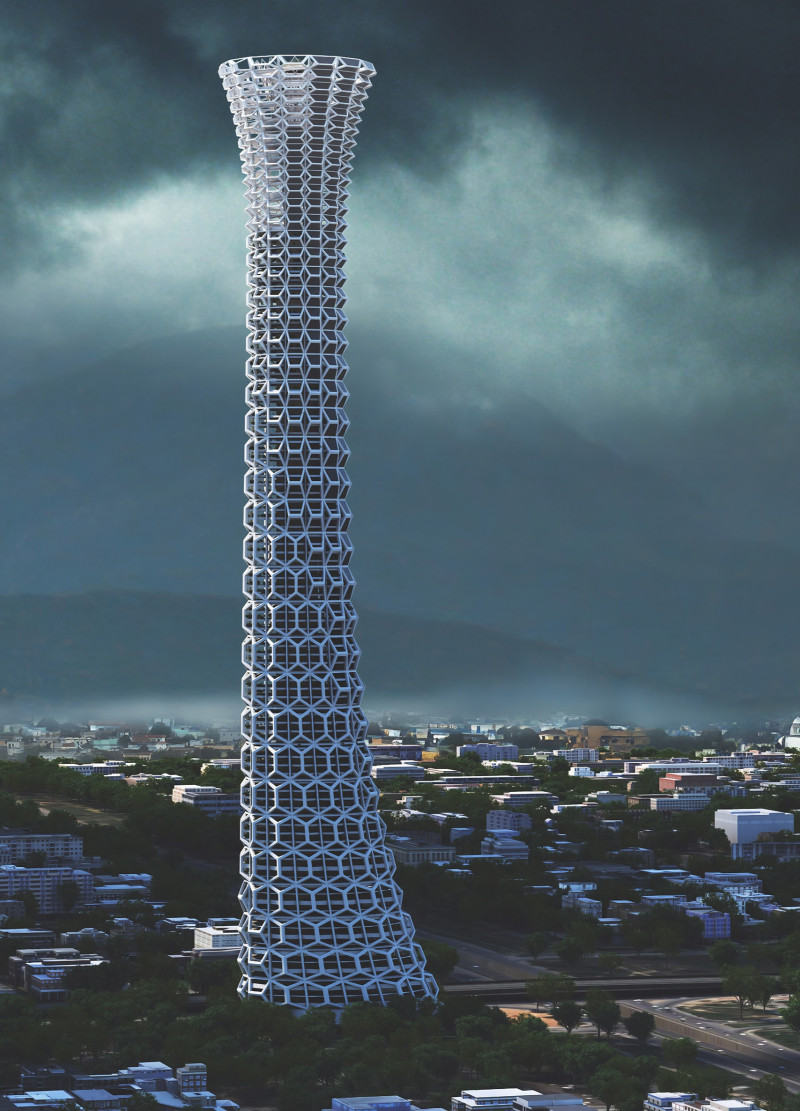5 key facts about this project
Upon entering the structure, one is immediately struck by the careful attention paid to spatial organization and user experience. The layout facilitates movement and interaction among various spaces, promoting a sense of connectivity. Important areas within the project include [describe notable spaces such as gathering areas, quiet zones, or multifunctional rooms], each designed with specific purposes in mind. These spaces exemplify a seamless flow, allowing users to navigate through the architecture effortlessly.
One of the standout features of this project is its innovative use of materials. The selection of materials like [list notable materials] serves both functional and aesthetic roles, contributing to the overall character of the building. Each material is chosen not just for its appearance but also for its environmental performance, aligning with the project's commitment to sustainability and energy efficiency. The façade, characterized by [describe characteristics of the façade, such as texture or color], integrates natural elements that resonate with the surrounding landscape, enhancing the architectural dialogue between built and natural environments.
The project's design also incorporates a variety of unique approaches that set it apart from conventional architecture. For example, the incorporation of large windows and open spaces invites natural light to flood the interiors, creating an inviting atmosphere that supports well-being. Additionally, [discuss any innovative design elements like green roofs, rainwater harvesting systems, or energy-efficient technologies that are utilized], showcasing how the project merges functionality with forward-thinking design ideas.
Architectural details such as [mention specific design elements, such as staircases, balconies, or lighting features] play a crucial role in defining the identity of the building. These elements not only serve their practical purposes but also add layers of depth to the overall aesthetic. Furthermore, the design embraces local cultural references, embedding the architecture within its geographic context and allowing it to tell a story that resonates with its community.
Exploring the architectural plans and sections reveals a well-considered approach to design, illustrating how the architects have prioritized functionality while maintaining an elegance that is both modern and approachable. The architectural designs demonstrate a comprehensive understanding of user needs and the environmental footprint of the building. Each decision made throughout the design process reinforces the project's aim of creating a cohesive entity that responds not only to its immediate context but also to larger environmental concerns.
In summary, this architectural project stands as a testament to thoughtful design principles, functionality, and aesthetic sensitivity. This balance is what makes the project noteworthy within contemporary architecture. To fully appreciate the nuances and complexities of the design, readers are encouraged to explore the presentation of the project for more detailed insights. Reviewing elements such as the architectural plans, architectural sections, architectural designs, and broader architectural ideas will deepen understanding of the thought processes and intentions behind this significant architectural effort.






















